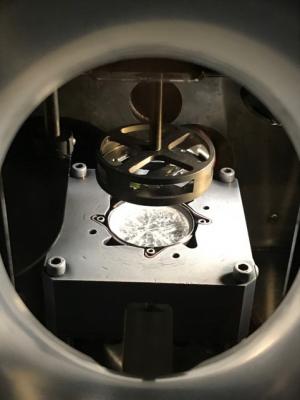Oxford PV to collaborate with HZB on perovskite optimization for HJ cells
 Oxford Photovoltaics announced that it was working with scientists at the new Helmholtz-Zentrum Berlin (HZB) innovation lab to further the optimization of its perovskite cell materials for silicon heterojunction solar cell technology.
Oxford Photovoltaics announced that it was working with scientists at the new Helmholtz-Zentrum Berlin (HZB) innovation lab to further the optimization of its perovskite cell materials for silicon heterojunction solar cell technology.
The new partnership with HZB aims at furthering commercialization efforts with greater leverage of HZB's silicon cell material knowledge and specifically heterojunction cells. 'Working with HZB to understand solar cell manufacturers' silicon cells, will allow Oxford PV's perovskite on silicon tandem formation to be fully optimized, to ensure the most efficient tandem solar cell, and the easy transfer of our technology into our commercial partner's industrial processes", commented Chris Case, Chief Technology Officer, at Oxford PV. 'Oxford PV is now in the final stage of commercializing its perovskite photovoltaic solution, which has the potential to enable efficiency gains that will transform the economics of silicon photovoltaic technology globally.'
